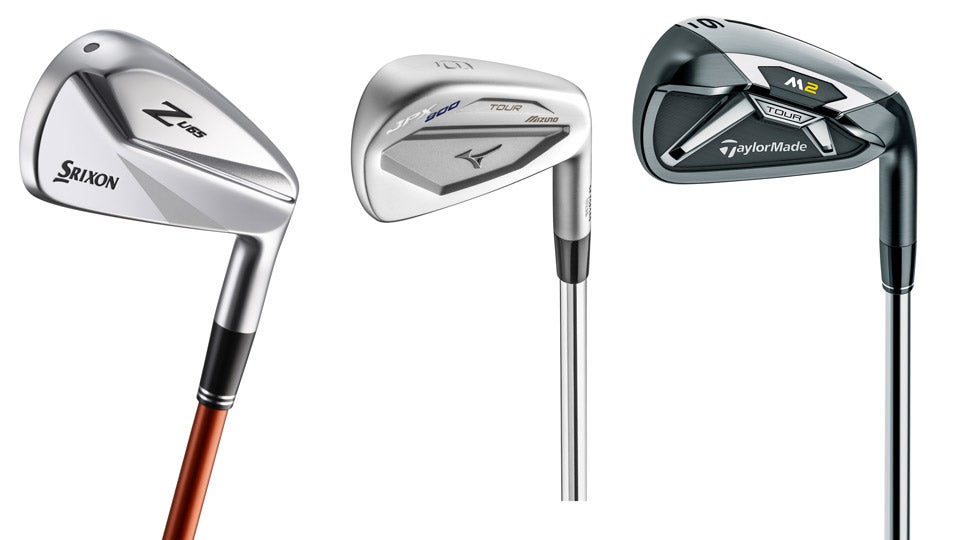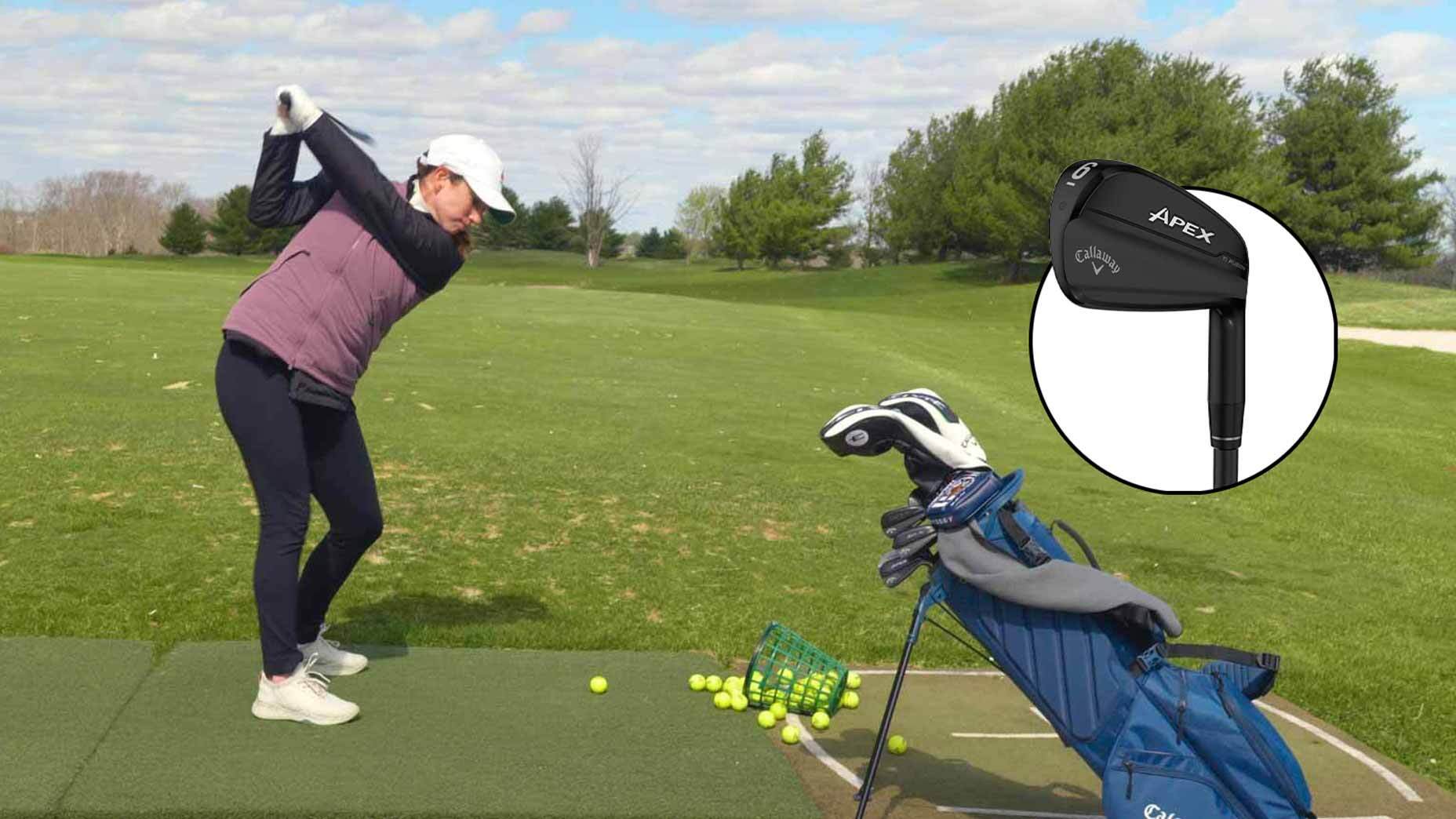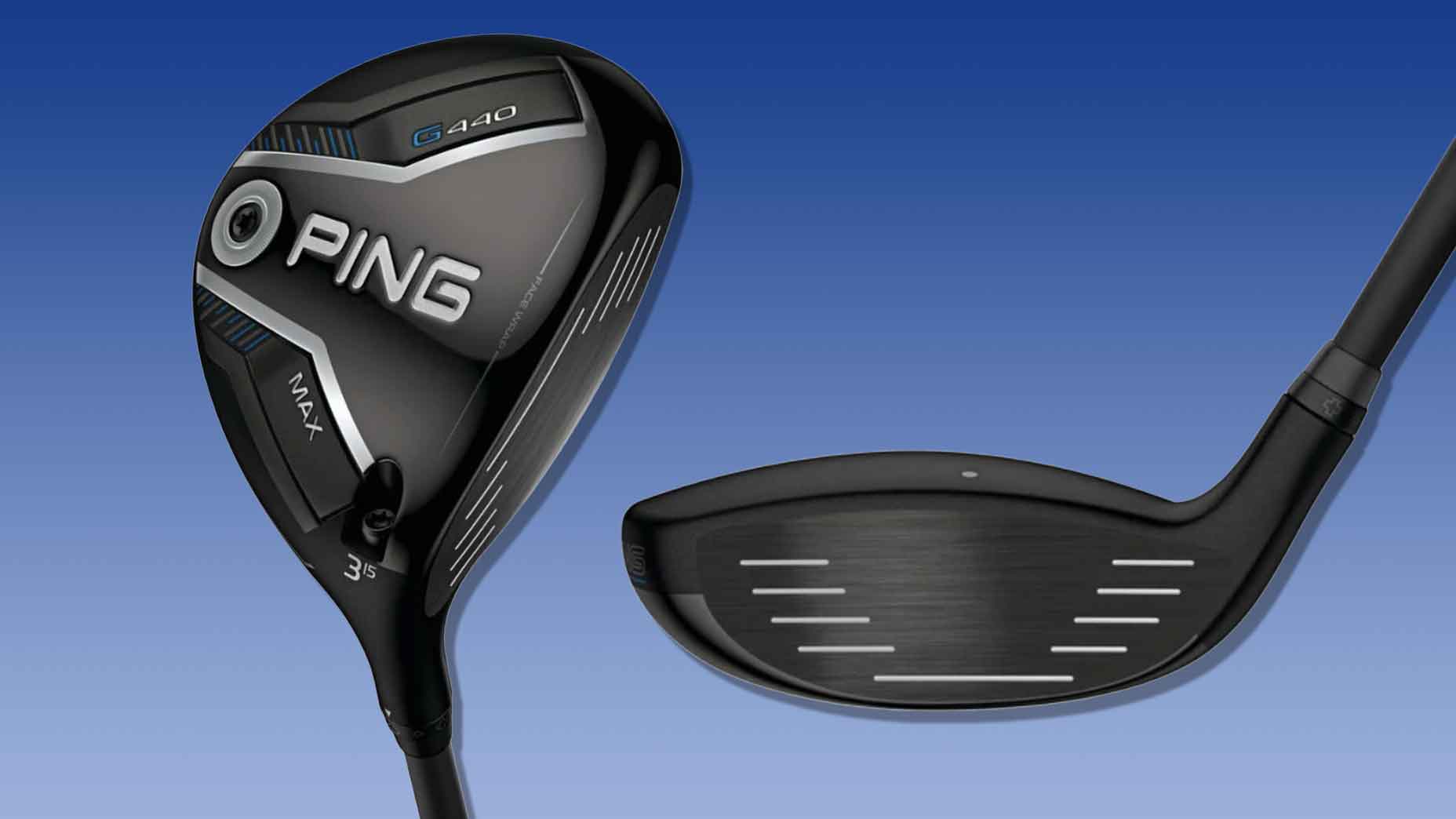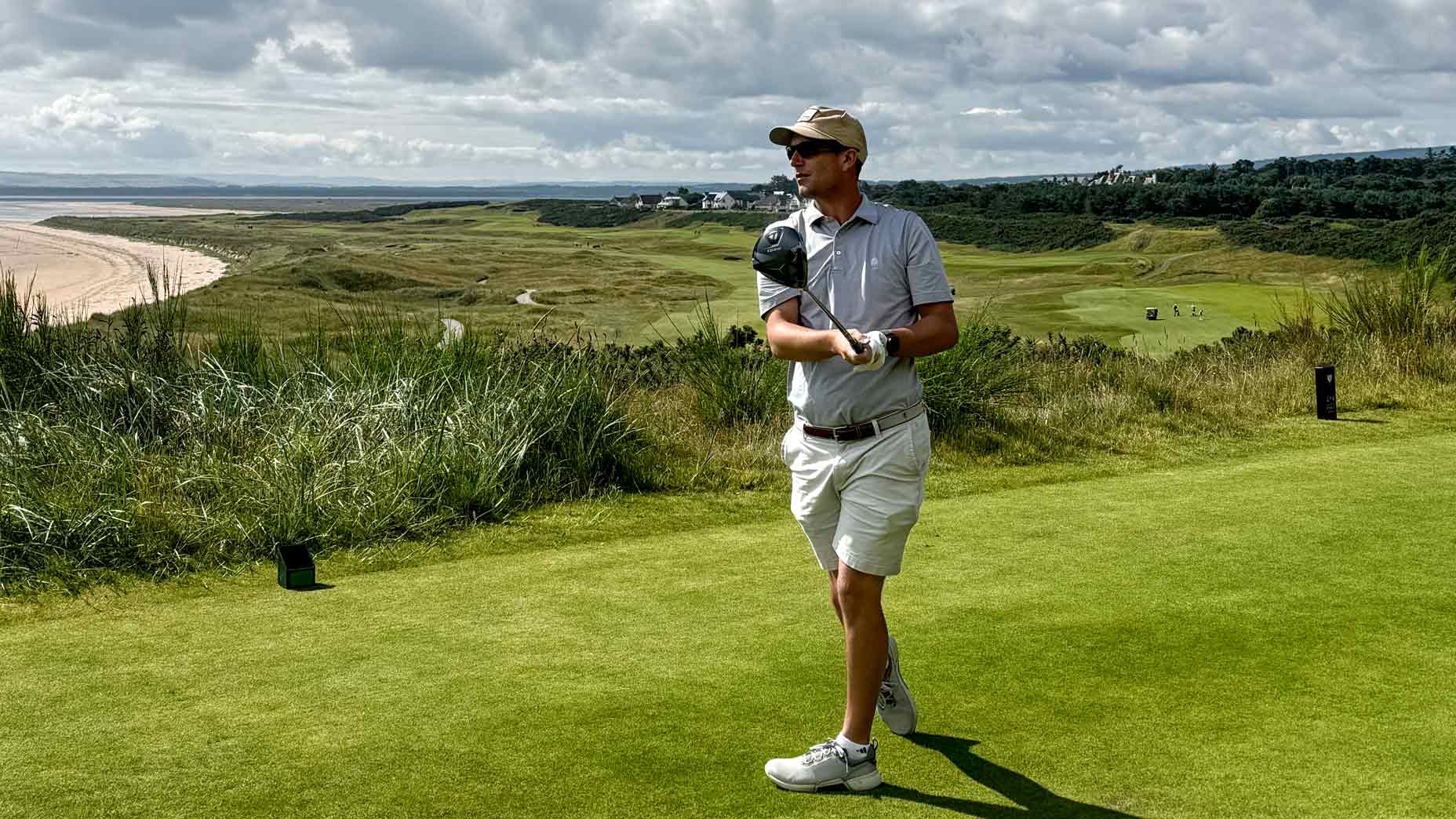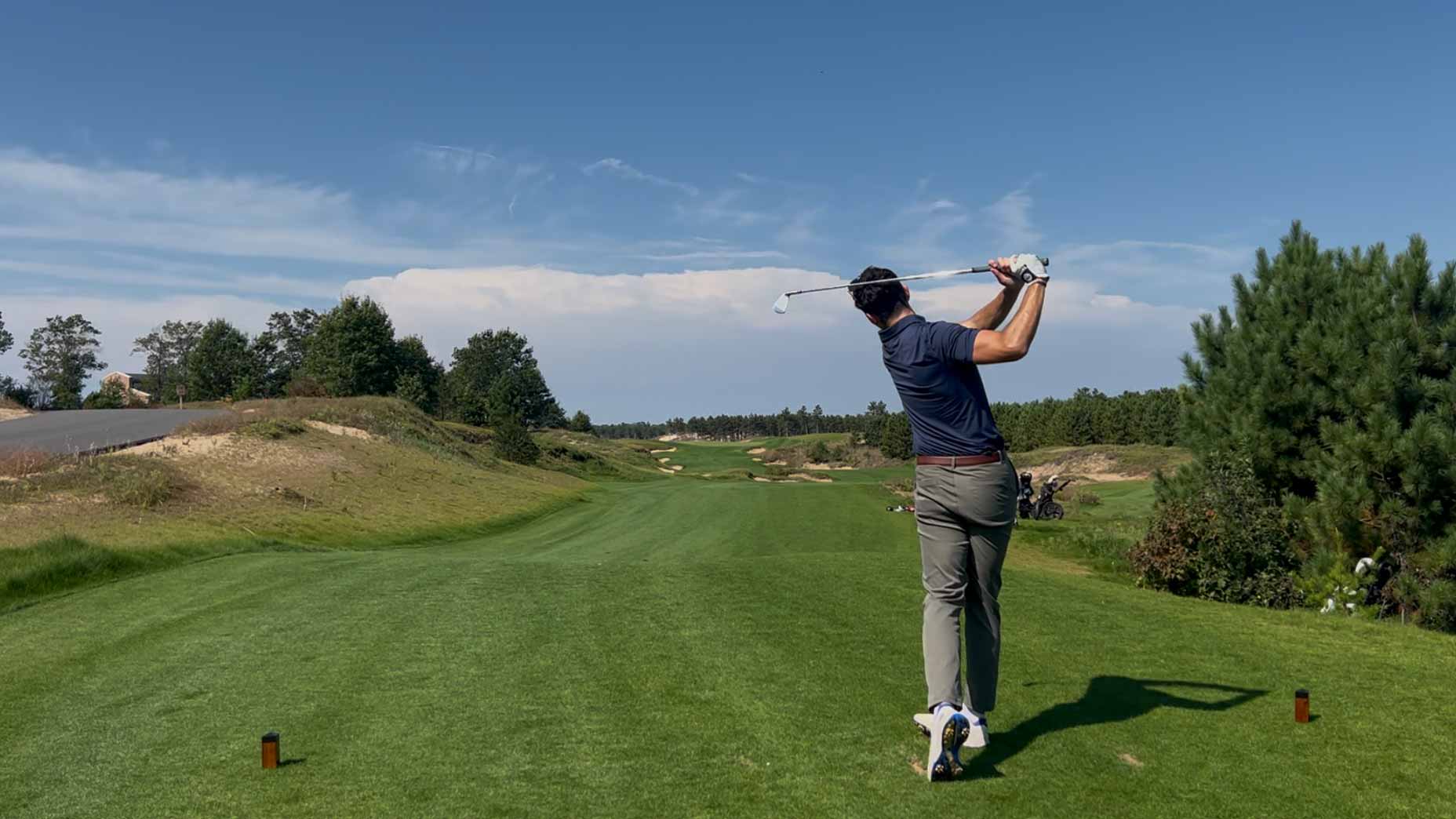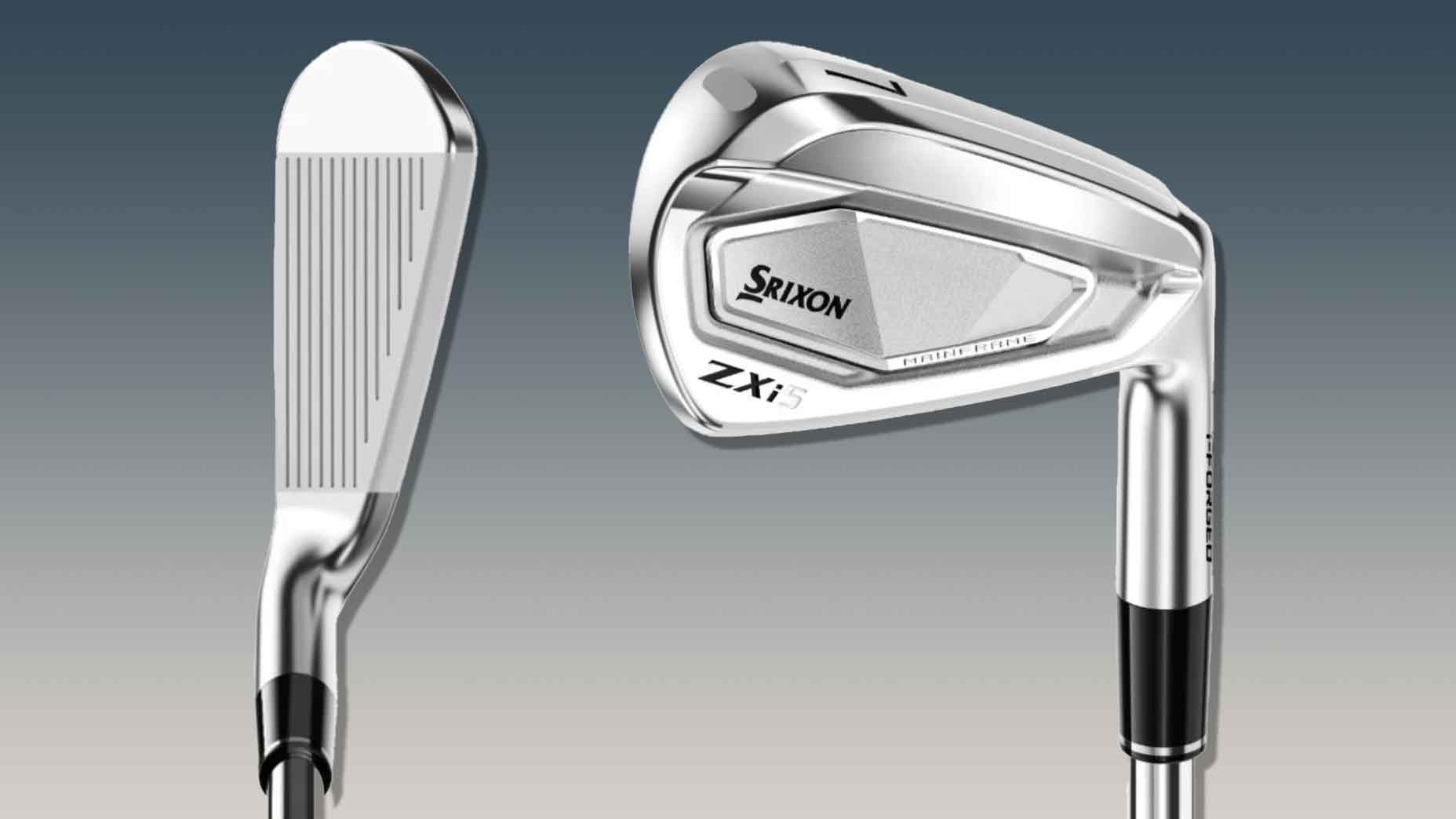PING iBLADE
$1,200, steel; $1,300, graphite
The understated iBlade packs serious technology that makes it Ping’s most workable and forgiving blade-style iron. For starters, the 431 stainless steel face is thinner, stronger and generates greater rebound than the 17-4 stainless steel in the S55 irons. With more elastomer behind the face, you get a distinct softness at impact. There’s help on misses, too — four more grams in the toe helps boost MOI. In addition, the club is easier to maneuver (metal was removed from the sole near the heel), while added bounce in the long and mid-irons (2° more in the 3- to 6-irons; 1° in the 7-iron) should allow heads to glide through turf. The 3- to 9-irons are a quarter inch longer than in the S55, with stronger lofts in the 3- and 4-irons and weaker ones in the 6 to 9, for consistent distance gaps.

SRIXON Z 765
$1,100, steel
This model is part of a family of forged carbon steel irons that also includes the Z 565 and Z 965. They all have an updated V.T. sole — more relief in the toe and heel than in previous versions — for better handling, a crisper feel and more consistent contact out of the rough. The grooves are also five percent larger to help spin control. The muscle-cavity Z 765 (pictured) has a compact shape with a narrow sole for 0- to 12-handicappers.
The muscleback Z 965 ($1,100, steel) is a solid choice for 6-handicappers or better, and anyone up to a bogey golfer can handle the Z 565 ($1,100, steel; $1,200, graphite). It has a thin, high-strength steel face to boost ball speeds, while tungsten toe weighting in the 3- to 6-irons improves head stability.

CALLAWAY BIG BERTHA OS
$1,100, steel; $1,300, graphite
The newest Bertha has a cagelike structure (similar to a hollow design) that eliminates metal from specific areas inside the body. The strong, light frame allows a 90-gram tungsten weight to be placed low and in the center of the head, which lowers the CG. As a result, the long irons launch higher shots that carry farther than with the current hollow-bodied Big Bertha. As the set progresses to the short irons, additional mass positioned slightly higher helps raise the CG for a more penetrating flight. The OS also has an upgraded face cup — this marks the third year that Callaway’s featured the technology in irons. A thinner “hinge” along the perimeter of the face cup leads to added face flex and more ball speed than before. Plus, the topline of the face cup is thicker than the bottom, which means the fastest part of the face is more in line with where you typically strike the ball.

CALLAWAY STEELHEAD XR
$800, steel; $1,000, graphite
What the Steelhead XR might lack in visual flair is made up for with speed and power. An updated face cup combines with improved welding and manufacturing techniques to generate COR numbers up to the USGA limit, which results in 2 mph more ball speed over current XR irons. Meanwhile, the CG is positioned dead center (heel to toe) to help forgiveness, particularly on toe hits. Plus, the hollow bore-through hosel, which was last seen in X-22 irons, allows up to five grams to be repositioned toward the toe, which boosts head stability. Finally, the CG is higher in the short irons than where you normally impact the ball for a lower, boring flight, and below impact in the long irons for higher-launching approaches.

MIZUNO JPX-900 TOUR
$1,200, steel or graphite
Mizuno is broadening the appeal of the game-improvement JPX line by adding a Tour-level iron to its new series, which includes the JPX-900 Forged and JPX-900 Hot Metal. Forged from 1025E carbon steel using the company’s “Grain Flow” process to enhance responsiveness, the JPX-900 Tour has several features typical of a better player’s club: a compact shape, traditional lofts, minimal offset and a relatively narrow, tapered sole. What ties it to the JPX family? More aggressive styling than an MP iron, as well as the stable “PowerFrame” design that pushes mass to the corners of the cavity to help mitigate misses.
In the market for more forgiveness? The JPX-900 Forged ($1,200, steel), made from 1025E boron steel, has a wider pocket cavity that’s lower from heel to toe than its predecessor (the JPX-850 Forged) to increase flex low on the face. The JPX-900 Hot Metal ($900, steel) is made from a strong yet malleable chromium alloy with a cup face, for players looking for max distance. The model generates 2 mph faster ball speed and a slightly steeper landing angle than the JPX-850.

COBRA KING UTILITY
$200
For those looking for a 2- or 3-iron replacement, this versatile utility iron offers loft adjustability between 18° and 21° — eight settings, including three draw positions — to dial in your preferred launch (and yardage) off the tee or turf. The wide-soled iron features a thin, L-shaped 455 stainless steel face welded to the sole to increase flex and ball speed. The hollow-body construction also has a 67-gram tungsten weight low and back to increase launch and MOI.

SRIXON Z U65
$200
This utility iron is a smart choice for skilled players looking for a go-to club off the tee and a workable weapon on long approach shots. Fans of its predecessor, the Z U45, will recognize the forged 1020 carbon-steel body and thin, high-strength SUP10 steel face. The hollow head is slightly larger than the Z 565 iron, to help with launch and MOI. Updates include the Miyazaki Kaula graphite shaft and left-handed options in 20° and 23° lofts.

TAYLORMADE M2 TOUR
$900, steel
These sticks are for guys who don’t hit it all that far but want better feel and a more refined look than what a typical distance iron provides. The M2 Tour has a thinner topline, less offset and a narrower sole than the M2, plus a standard hosel (rather than a fluted one) to raise the CG. Key technologies in line with the M2 include a variable-thickness face, a 360° undercut channel to increase trampoline effect across the face, a cutout along the sole to boost ball speeds on thin hits, and a sound-dampening badge in the cavity.


